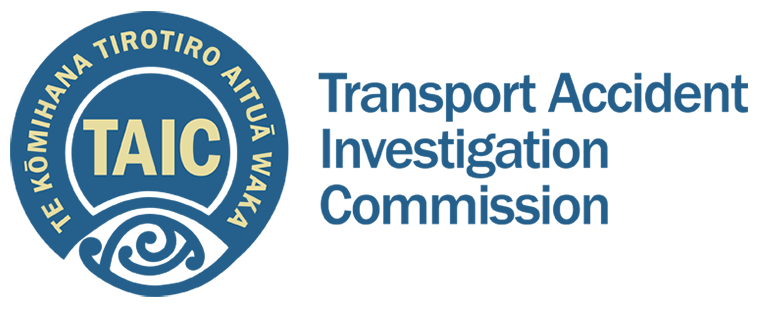News all
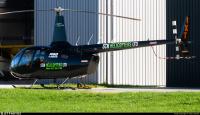
TAIC investigating crash of Robinson R66 near Makara
The Commission is investigating a accident in which a Robinson R66 helicopter crashed on coastal land near the Makara Wind Farm, to the West of Wellington, on the morning of 16 November 2025.
Marine News: QA issues with ship steering gear installs
TAIC report: Rudder failure highlights installation safety issue
TAIC identifies serious safety issue: the need for robust quality assurance when installing steering systems.
A cargo ship narrowly avoided grounding when its rudder detached mid-transit. The crew and pilots acted fast to anchor the vessel and prevent grounding.
TAIC inquiry found poor-quality welds during dry-dock maintenance allowed a critical hinge pin to fall out, eventually causing total rudder loss.
TAIC recommends improved QA practices at the shipyard and urges Maritime NZ to work with the IMO to raise international standards.
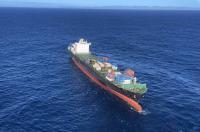
Marine Substandard ships should be banned from New Zealand
Media release, first published 6 June 2025
Deferred maintenance is a risk in itself. It’s virtually certain the container ship Shiling was unseaworthy when in NZ, despite holding valid certificates. Shiling twice needed to be rescued and towed. TAIC identifies safety issues and makes recommendations around the presence of substandard ships in NZ waters, international systems for ensuring ship owners mitigate risks, and NZ's tow salvage capability.
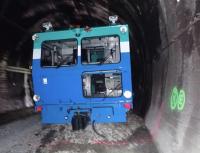
Rail Derailment report - Rules don’t keep overstretched workers safe
The lesson for all high-risk work sites: don’t rely on procedures alone; physical protections are essential.
TAIC recommends that KiwiRail:
- Improve authorisation for rail movements;
- Require physical protections for removed track; and
- Ensure staffing levels and support for critical roles.
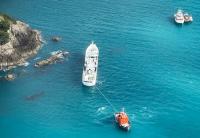
Marine TAIC reports on a failure of basic seamanship
Grounding near Auckland: new TAIC report reminds us why the basics always matter. This is a real-world case study and useful training material for what can go wrong when safety critical staff overlook the basics.
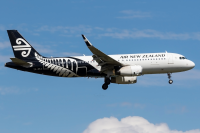
Aviation TAIC reports on likely near collision of drone and passenger jet
A drone likely came close to an passenger jet on approach to a major NZ airport, the drone being in breach of NZ civil aviation rules. TAIC recommends drone registration, remote ID, and geo-fencing, calls on Ministry of Transport and CAA to modernise drone regulations in line with international best practice.

Aviation TAIC reports on Boeing 777 veering off runway
TAIC reports on Boeing 777 passenger jet veering off runway: heavy rain contributed to late transition from autopilot to manual control. The report has lessons for all aircraft operators: ensure crews know and understand the operator’s and aircraft manuals and procedures and are thoroughly briefed.
TAIC welcomes actions by operator Air New Zealand, which has amended its operational procedures and information and provided pilot training. No new safety recommendations.
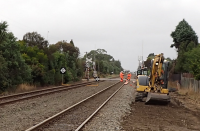
Rail Newsletter: Freight train near miss with rail workers
TAIC report on rail near miss reinforces importance of effective supervision of trainees undertaking safety-critical tasks and robust engineering risk controls for complex systems.
Lessons for all industries where the supervision of safety-critical tasks performed by inexperienced or unqualified staff is necessary to maintain safety.
Aviation Near-collision highlights safety lessons for all busy, unattended aerodromes
Two aircraft came within 20 feet of each other on final approach at night at Ardmore Airport. TAIC report highlights safety lessons for pilots, aircraft owners, engineers, and aerodrome operators at busy unattended aerodromes. It shows how communication, visibility, and access to shared procedures can make all the difference and makes recommendations to improve night flying safety across New Zealand.

Rail Passenger train parting exposes gaps in inspection and response
Passenger train parts at low speed, inspection and response gaps exposed.
A cracked coupler, unnoticed in maintenance, caused carriages on the TranzAlpine tourist train to part. Power braking stress, missed alarms, and no procedure for crew to deal with partings revealed wider risks.
